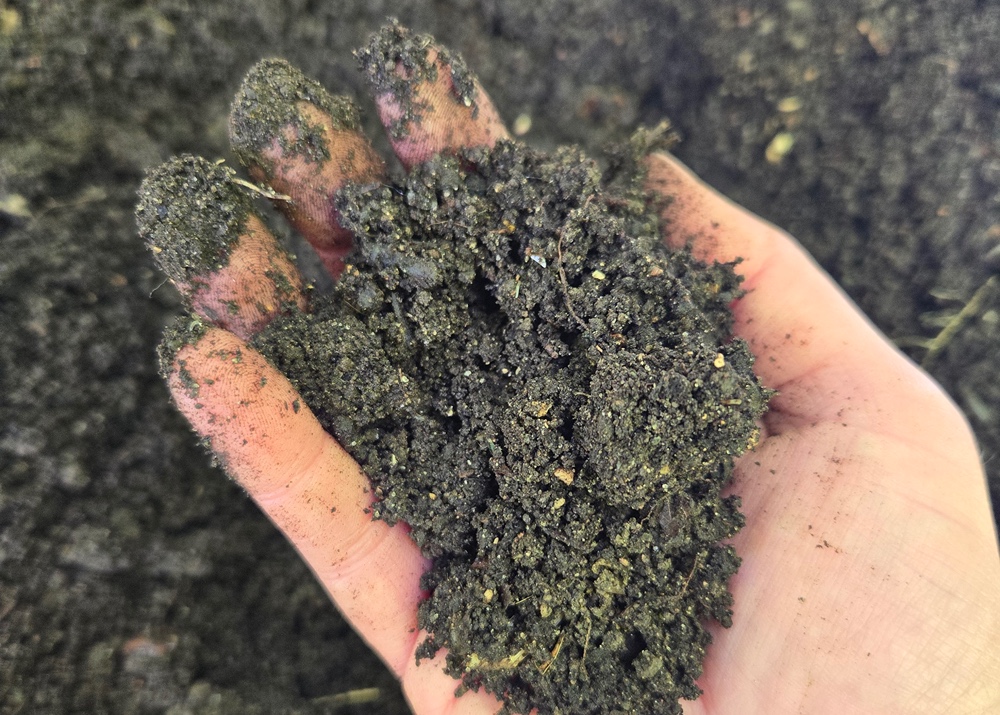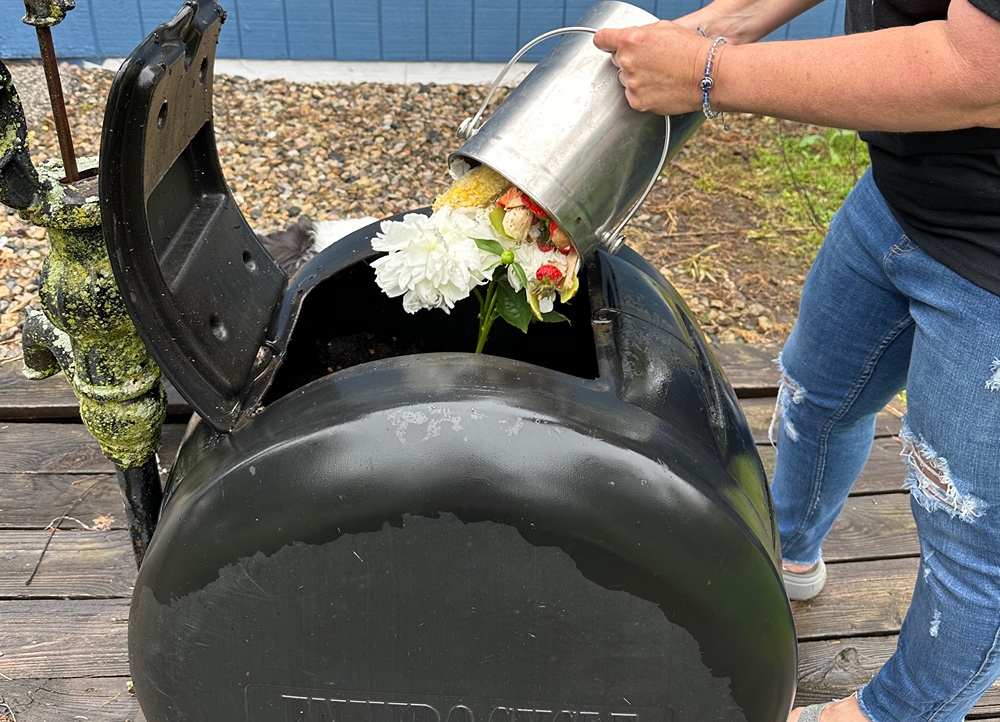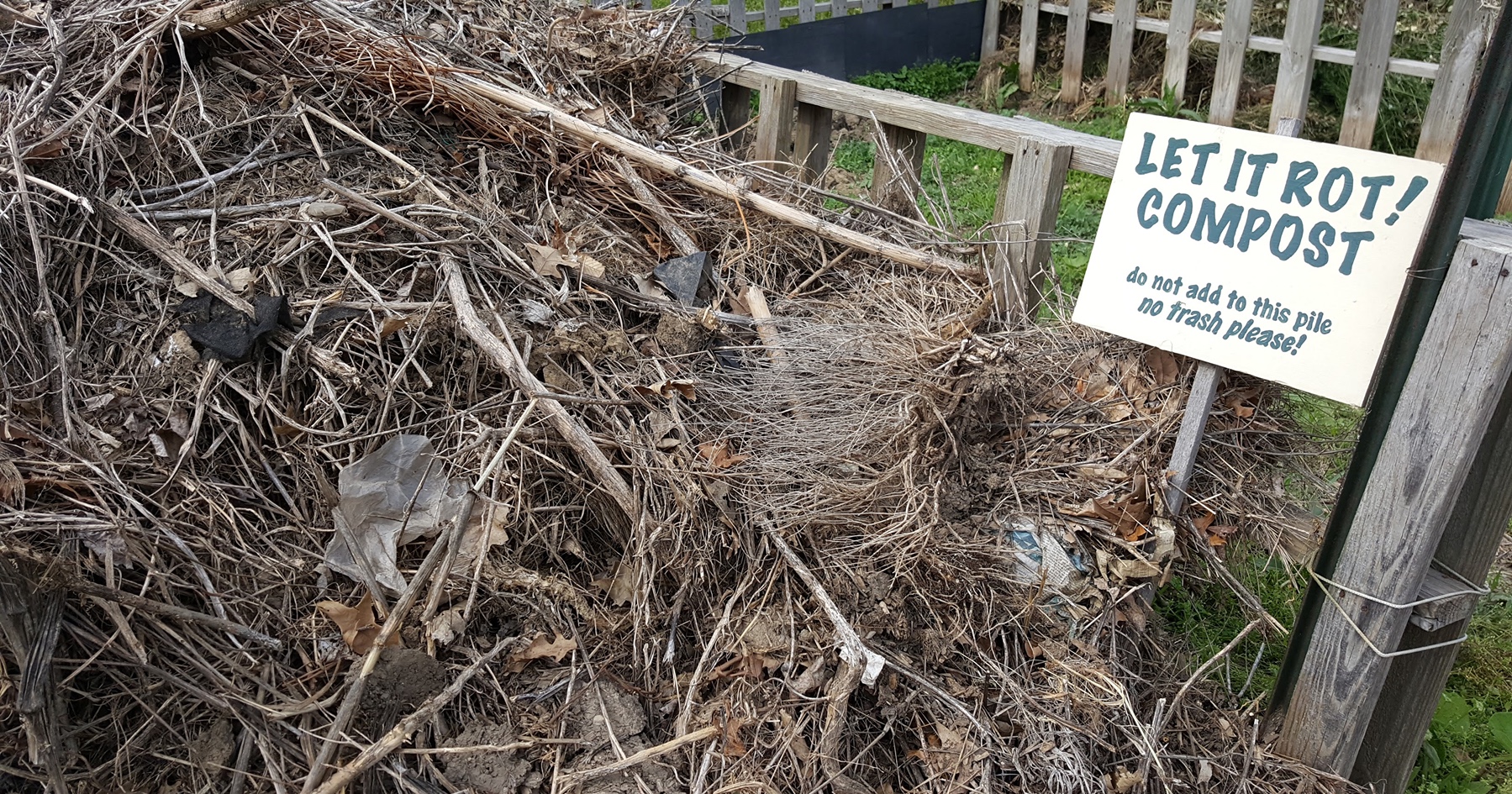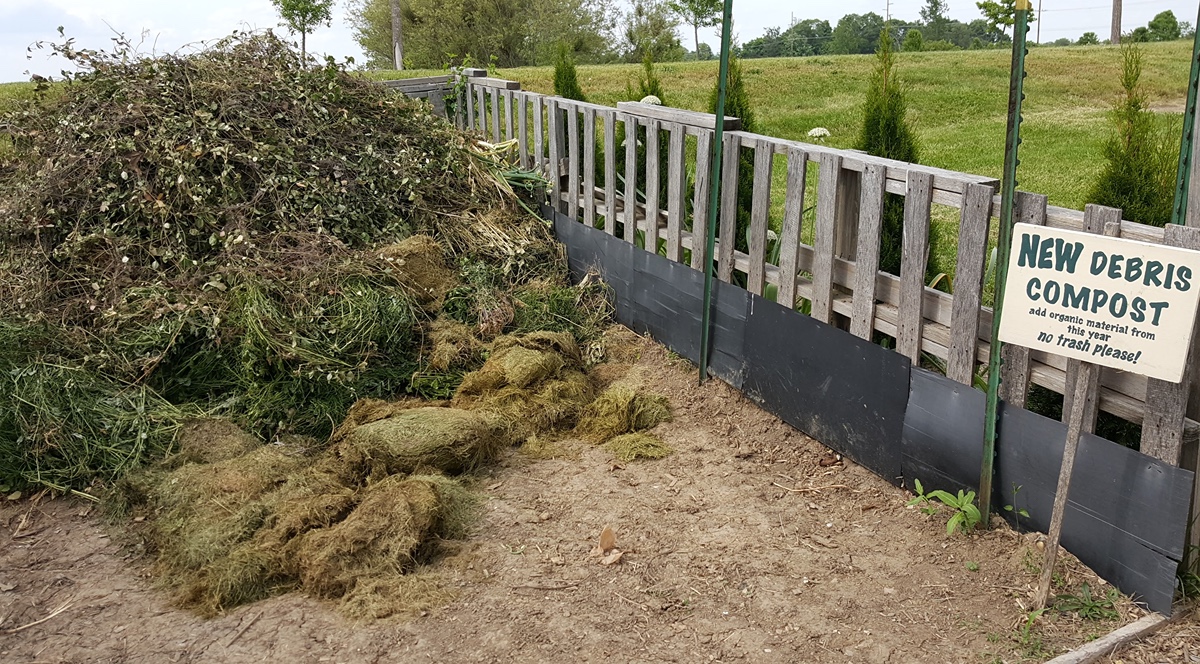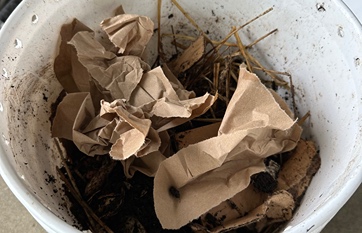Unlocking the benefits of composting: tips for a greener garden
For centuries, gardeners have provided nutrients to plants through composting, but Karen Mitchell, consumer horticulture extension specialist, says composting benefits go far beyond that.
"Waste reduction is as good as any reason to compost. While the benefits of composting are numerous to our gardens, now more than ever, we need to look for ways to reduce our carbon footprint. Instead of filling up our landfills, where waste's benefits are not realized, we can compost, which can have a dramatic effect on the environment by aiding in the carbon disharmony we have," said Mitchell.
To put some life back in your gardens this summer, Mitchell shares why composting is important, how to get started, and tips to create the perfect blend.
Why should I compost?
"Composting is a win-win; we are reducing our waste and feeding our gardens. You are helping to keep the carbon in the soil, and in turn, you are giving life back to your soil."
Composting is a process during which naturally occurring fungi, insects and other microorganisms break down organic materials, such as certain kitchen scraps, grass clippings, and leaves, into a soil-like product called compost. It is a form of recycling, a natural way of returning nutrients to the soil.
Mitchell shares options on how to make composting simple. “Not only does compost help to bring life back to the soil, but it also builds the structure of the soil. Like those in the Midwest who have heavy clay soils. Composting is encouraging earthworms and other life that help to build the structure into a more usable, crumbly black soil that people like to use when gardening. Composting can produce healthier plants and in turn more and higher quality fruit.” she said.
How do I get started?
"When first getting started with composting, think about your main goal. Are you just trying to reduce waste in the landfill? Or is your goal to create a large amount of nutrient-rich compost for your garden? These questions will help you know how to approach composting. A lot of times, people are hesitant to compost because of the perceived labor required. There is a composting that is right for you."
Vermicomposting
For those looking to begin their composting journey on a small scale with little to no outdoor space, Mitchell recommends starting with vermicomposting. This method layers food scraps with dry materials like scrap paper and cardboard and worms
"Vermicomposting is great because you don't have the smells or bugs when managed properly. The worms will multiply exponentially. The vermicomposting bins are cheap and easy to make and do not take up a lot of room," Mitchell says.
For those looking to engage the whole family, vermicomposting is a good option to consider. "It's a fun way to teach kids not only about the importance of worms but how they turn trash into something usable," she said. Download this tutorial from Mitchell on making your own vermicomposting kit for your home.
Active & Passive Composting
Those with a larger outdoor space or looking to produce large amounts of compost might consider outdoor active or passive composting. Active composting is a more involved process that requires regular turning of the compost pile. However, this method tends to yield the fastest results. Passive composting involves placing the materials into a compost bin or on a space of land and letting nature take its course.
The decision to do active versus passive composting depends on how much time and energy you would like to invest into composting and how quickly you want to produce compost.
For those looking for a simple outdoor solution, Mitchell recommends passive, static pile composting. "The static pile is the easiest way. Add all of your waste to a pile the first year, and the next year, you turn the old pile to the next bin and add new waste materials to the first bin."
Mitchell notes that composting bins are available for purchase, and there are also online tutorials for building your own. She recommends starting small and testing before making large investments into your composting project.
Tips for creating the perfect compost blend
"Many people worry about getting the perfect blend to their compost pile. It is important to remember that composting has four main ingredients: carbon, nitrogen, air, and water. This perfect blend will help keep your microorganisms alive and keep your pile from having a smell that attracts animals. We are mixing as we go to create the perfect blend."
- Get the proper mixture: Ideally, a compost pile would have a carbon-to-nitrogen (C:N) ratio of approximately 25:1 or 30:1 to balance the “green” waste (nitrogen, plant and kitchen waste) with the “browns” (carbon, straw and leaves). Mitchell notes that typically if there's a problem with a smell or flies, most likely the C:N ratio is not balanced right.
- Remember to water: Watering is an important step to create compost that is alive with microorganisms. The only way decomposition works is with microbes, so having consistent moisture where it's not soggy and wet is best. The best compost is a rich, crumbly mixture.
- Beware of the heat: Place your compost in a shady spot. If the compost gets too hot, it can kill the microorganisms.
Start small and have fun with it. This can be a fun way to engage the whole family in reducing waste and bringing life back into our soil for our plants. If we all composted even a small portion of our waste, the returns to our earth would be monumental.
- Karen Mitchell, consumer horticulture extension specialist

